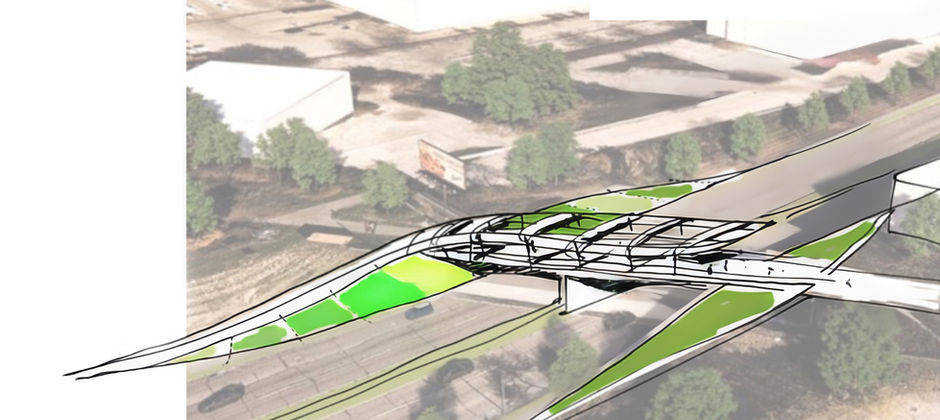Merit Award Winner
Project Name: East Capitol District Streetscape Plan
Location: Milwaukee, Wisconsin
Design Team: SmithGroup
Capitol Drive in Milwaukee, WI, has long been a vital industrial and transportation corridor, evolving into a key commercial artery over the years. As a result of a shifting economy, most industry and manufacturing have been replaced with coworking spaces with a particular focus on maker spaces. This creative boom is felt throughout the district, but Capitol Drive remains as a vehicle-focused corridor. Ripe with potential for transforming the corridor into a multimodal connection, this connection will serve as a literal gateway to the regional offerings of Milwaukee such as the river, Beerline and Oakleaf regional bike trails, and Lake Michigan.
This project serves as a catalyst for reimagining the corridor’s potential, sparking a conversation with the district about what could be achieved. The plan lays out a visionary approach with short-term and long-term placemaking opportunities to redefine the district’s identity. By enhancing the public realm with multimodal improvements, vibrant community spaces, and public art, the initiative aims to attract new businesses and investment, fueling local economic growth. A centerpiece of the plan is the adaptive reuse of the existing bridge, originally designed for train transport, into an architectural beacon signaling you have arrived in The East Capitol Drive District.
A multidisciplinary team of design and engineering professionals collaborated to uncover opportunities within the existing bridge structure, streetscape, and surrounding urban fabric. At the forefront of this effort, landscape architects played a pivotal role in leading the design process, uniting diverse voices into a cohesive vision, and serving as the primary liaisons between architectural, structural, and lighting teams, as well as the client. Their leadership served as the neurons of the team, ensured seamless integration across all aspects of the project.
Through a charrette-style workshop, landscape architects worked closely with the client to establish a strong design framework that aligned with both functional needs and long-term aspirations for the district. This direct collaboration built a foundation of trust, enabling a more personalized and responsive design process that effectively translated the client's ideas into a shared vision forward.
As visual and graphic storytellers, landscape architects played a crucial role in communicating complex ideas through sketches, models, and emerging technologies like artificial intelligence. The ability to distill intricate design concepts into compelling visuals fostered a shared understanding among stakeholders, ensuring that the final plan not only met functional and aesthetic goals but also enhanced the environmental and experiential quality of the East Capitol District.
This project serves as a powerful model for securing funding by presenting an inspiring, forward-focused vision that embodies the district’s core values of connectedness, inclusivity, and resilience. It establishes a shared vision for the future that unites the community in a collective effort toward revitalization. By highlighting opportunities through multiple lenses, from cultural significance and physical connectivity to the seamless integration of beauty and function, the plan strikes a balance between visionary ambition and practical feasibility. More than just a design proposal, this initiative reshapes perceptions, demonstrating the pivotal role of landscape architects as interdisciplinary leaders who bridge gaps, foster collaboration, and create places that are both aspirational and attainable.
This project stands out for its rapid visioning process, bringing together multiple disciplines in a charrette-style workshop
to develop a cohesive plan. A key challenge was the transformation of a historically industrial corridor into a vibrant, pedestrian-friendly district
while maintaining its cultural significance. The existing bridge presented both an opportunity and a challenge—requiring innovative design
strategies to repurpose it into a safe, multimodal connection linking neighborhoods and the Beerline Bike Trail.
Additionally, the project had to balance ambitious long-term visioning with practical, phased implementation strategies to align with funding opportunities. The project also tackled the complex issue of enhancing mobility and safety while preserving the character of the district, ensuring that new design elements seamlessly integrated with existing infrastructure.









